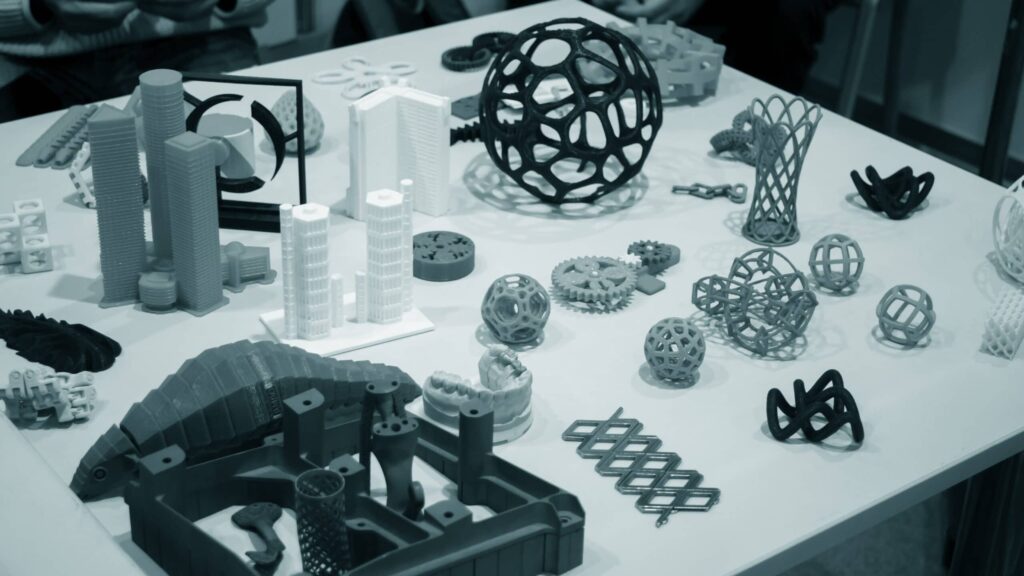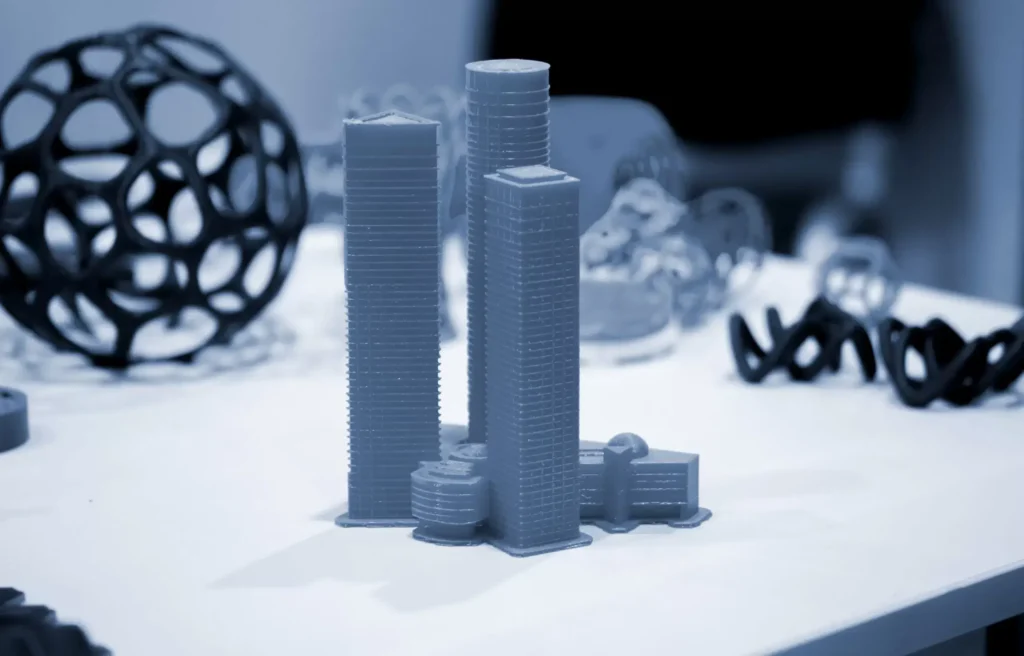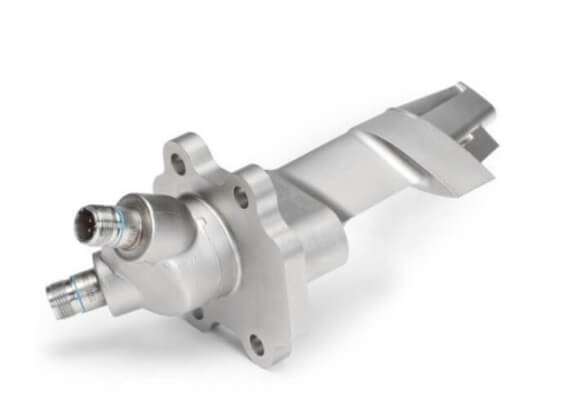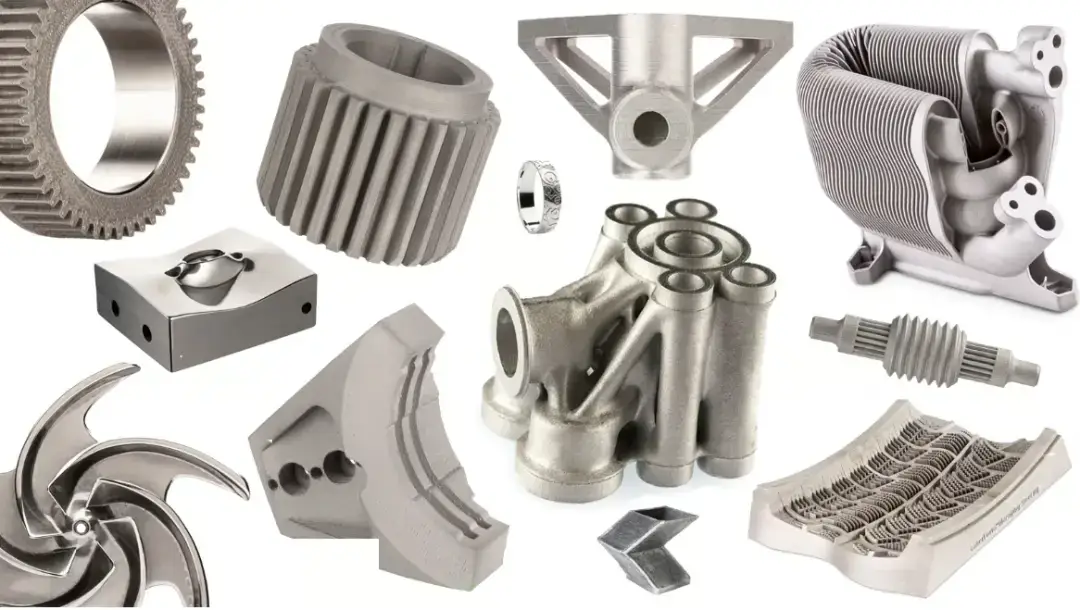How 3D printing provides sustainable and environmentally friendly solutions
In recent years, there has been growing concern about the environmental impact of traditional manufacturing processes. Excessive use of raw materials, waste generation, and harmful emissions have prompted the search for more sustainable alternatives. One such alternative that has received much attention is 3D printing.
3D printing, also known as additive manufacturing, is a process that creates three-dimensional objects by adding layers of material. Unlike traditional manufacturing methods that involve subtractive processes such as cutting or drilling, 3D printing builds objects layer by layer using only the necessary amount of material. This approach significantly reduces waste and minimizes the consumption of raw materials.

1.Producing complex geometries with intricate designs
Traditional manufacturing methods often require the assembly of multiple parts, resulting in additional material waste and energy consumption. With 3D printing, complex objects can be made into a single part, eliminating the need for assembly and reducing waste.
2.Allows the use of recycled materials
Many 3D printers can process recycled plastics, turning waste into a valuable resource. This not only reduces the need for raw materials, but also helps divert plastic waste from landfills and oceans. By utilizing recycled materials, 3D printing contributes to a circular economy where resources are reused and waste is reduced.
3.Optimizing the design of lightweight structures
Traditional manufacturing methods often require objects to be over-engineered to ensure their strength and durability. This also results in the need to use more material than necessary and increases weight and energy consumption during transportation. 3D printing, on the other hand, can create lightweight structures that maintain their strength while reducing material use and energy requirements.

4.Enable on-demand manufacturing
Thus significantly reducing inventory and transportation costs. Traditional manufacturing often involves producing large quantities of products and shipping them to various locations. This leads to excess inventory, increased transportation emissions, and an increased risk of product obsolescence. With 3D printing, products can be manufactured on demand, reducing the need for storage and transportation and minimizing environmental impact.
5.Enable the potential for localized production
Traditional manufacturing often involves long supply chains spanning different countries, resulting in increased transportation distances and associated emissions. By enabling production at the point of consumption, 3D printing can reduce the carbon footprint associated with transportation and support local economies.

In summary, 3D printing offers a sustainable and environmentally friendly solution for the manufacturing industry. Its ability to reduce waste, utilize recycled materials, optimize lightweight structural design, enable on-demand manufacturing, and support localized production makes it a promising alternative to traditional manufacturing methods.
As the technology continues to advance and gain popularity, it has the potential to revolutionize the manufacturing industry and contribute to a more sustainable future.
